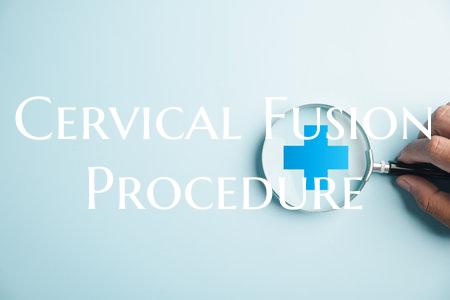
Cervical Fusion Procedure
Cervical fusion is a surgical procedure performed to alleviate pain and instability in the cervical spine, which is the upper portion of the spine located in the neck region. This procedure aims to join two or more vertebrae in the cervical spine together, providing stability and reducing motion that may be causing pain or other symptoms.
There are various conditions that may necessitate a cervical fusion procedure, including degenerative disc disease, herniated discs, spinal stenosis, fractures, and instability of the cervical spine. These conditions can cause symptoms such as neck pain, weakness, numbness, and tingling in the arms or hands, and in more severe cases, difficulty walking or gripping objects.
During a cervical fusion procedure, the surgeon will remove the damaged disc or bone material causing the issue and stabilize the spine using bone grafts or implants. The bone grafts are placed between the vertebrae to promote the growth of new bone that fuses the vertebrae together over time. In some cases, hardware such as plates, screws, or rods may be used to provide additional support during the fusion process.
Recovery time following a cervical fusion procedure can vary depending on the complexity of the surgery and individual factors. Patients may need to wear a cervical collar for a period of time to support the neck and aid in the healing process. Physical therapy and rehabilitation exercises are often recommended to help restore strength and mobility in the neck and upper body.
As with any surgical procedure, there are risks associated with cervical fusion, including infection, nerve damage, and improper fusion of the vertebrae. It is important for patients to follow their surgeon's post-operative instructions closely and attend follow-up appointments to monitor the healing process.
Overall, cervical fusion is a common and effective procedure for addressing cervical spine conditions and improving quality of life for patients experiencing neck pain and related symptoms. It is essential to discuss the risks, benefits, and alternatives with a healthcare provider to determine if cervical fusion is the right treatment option for a specific situation.